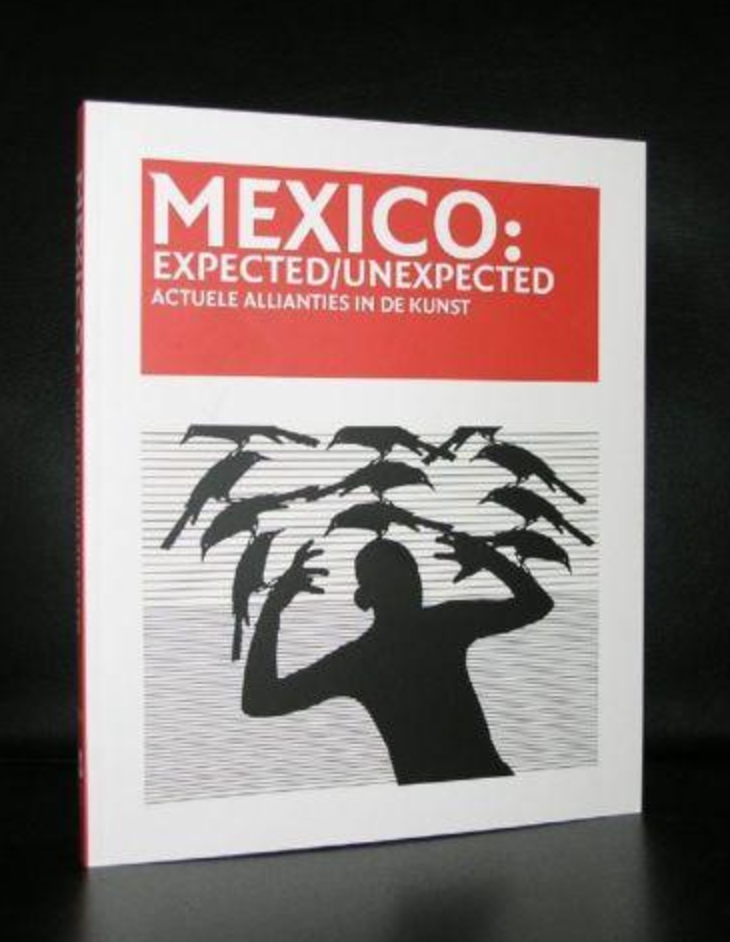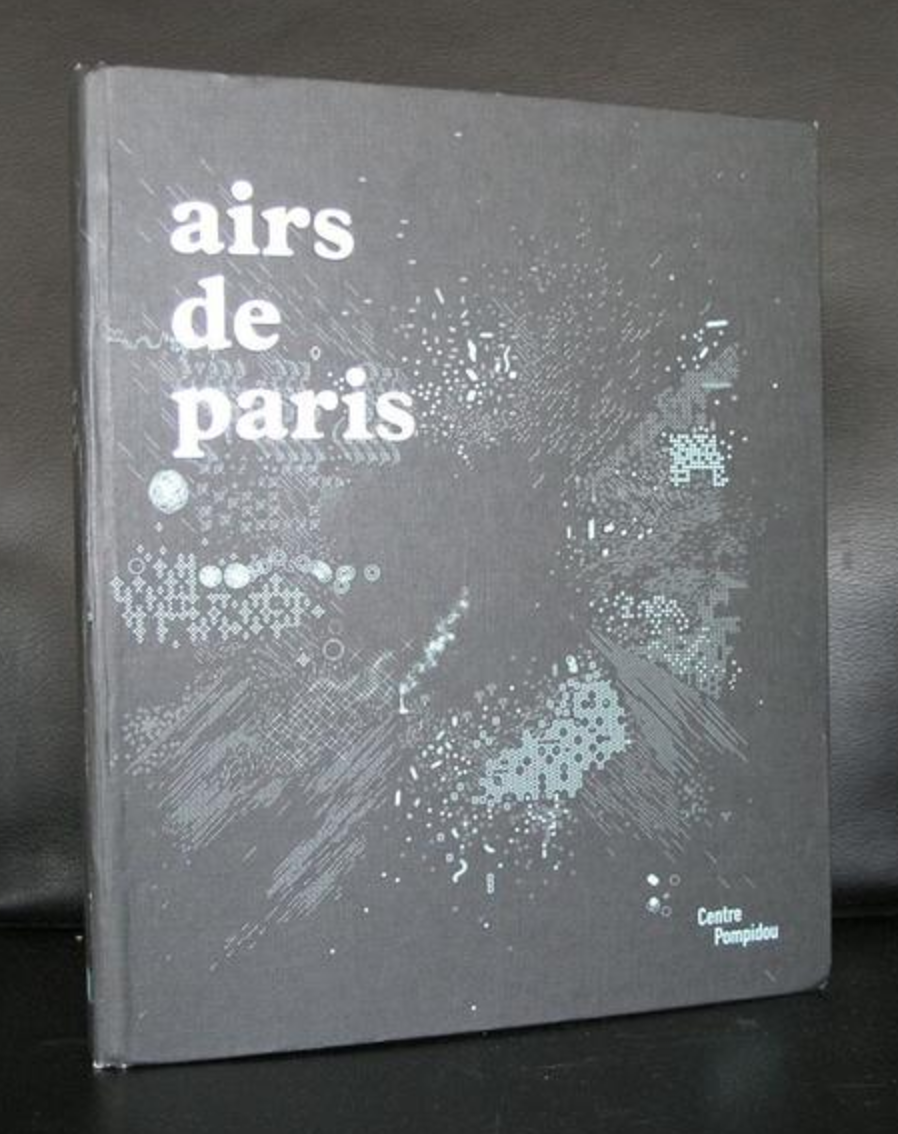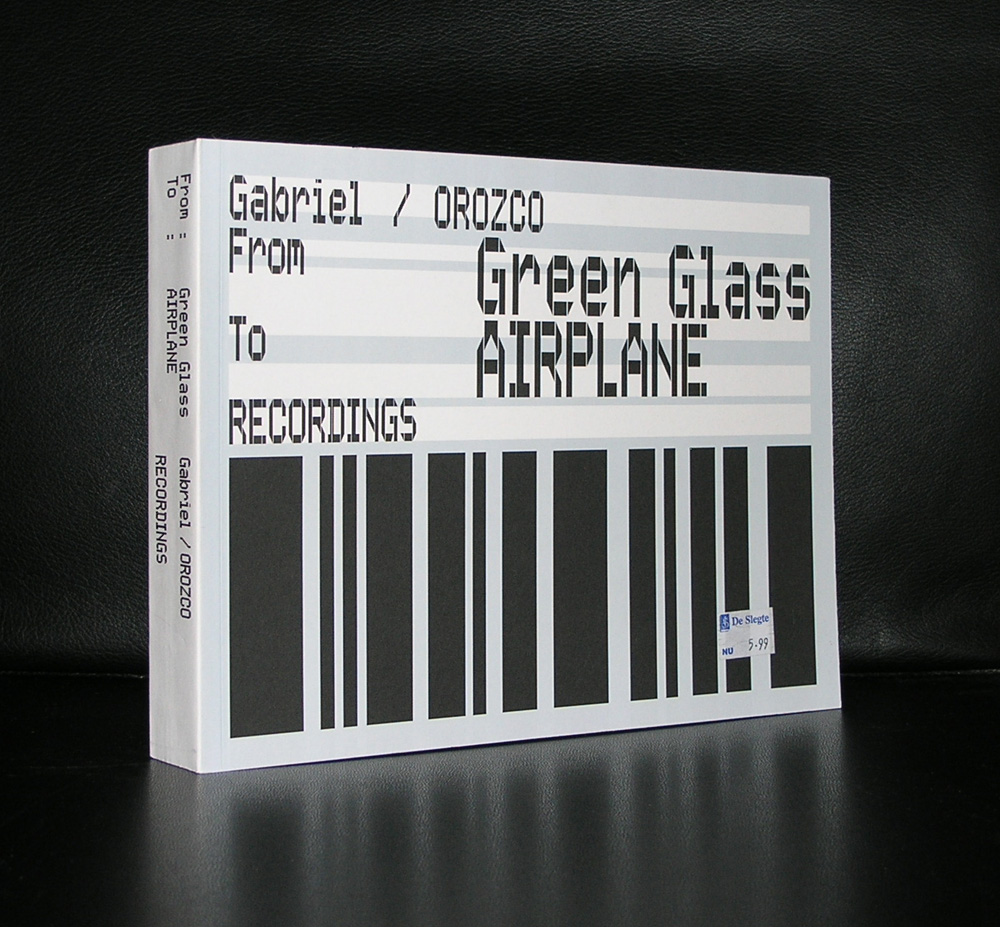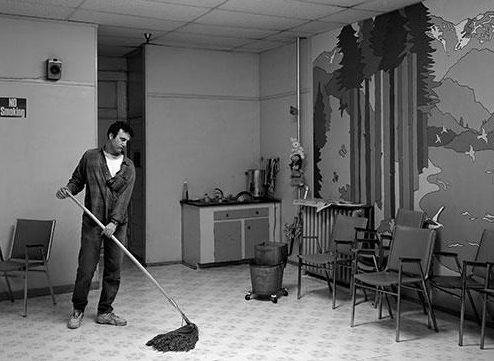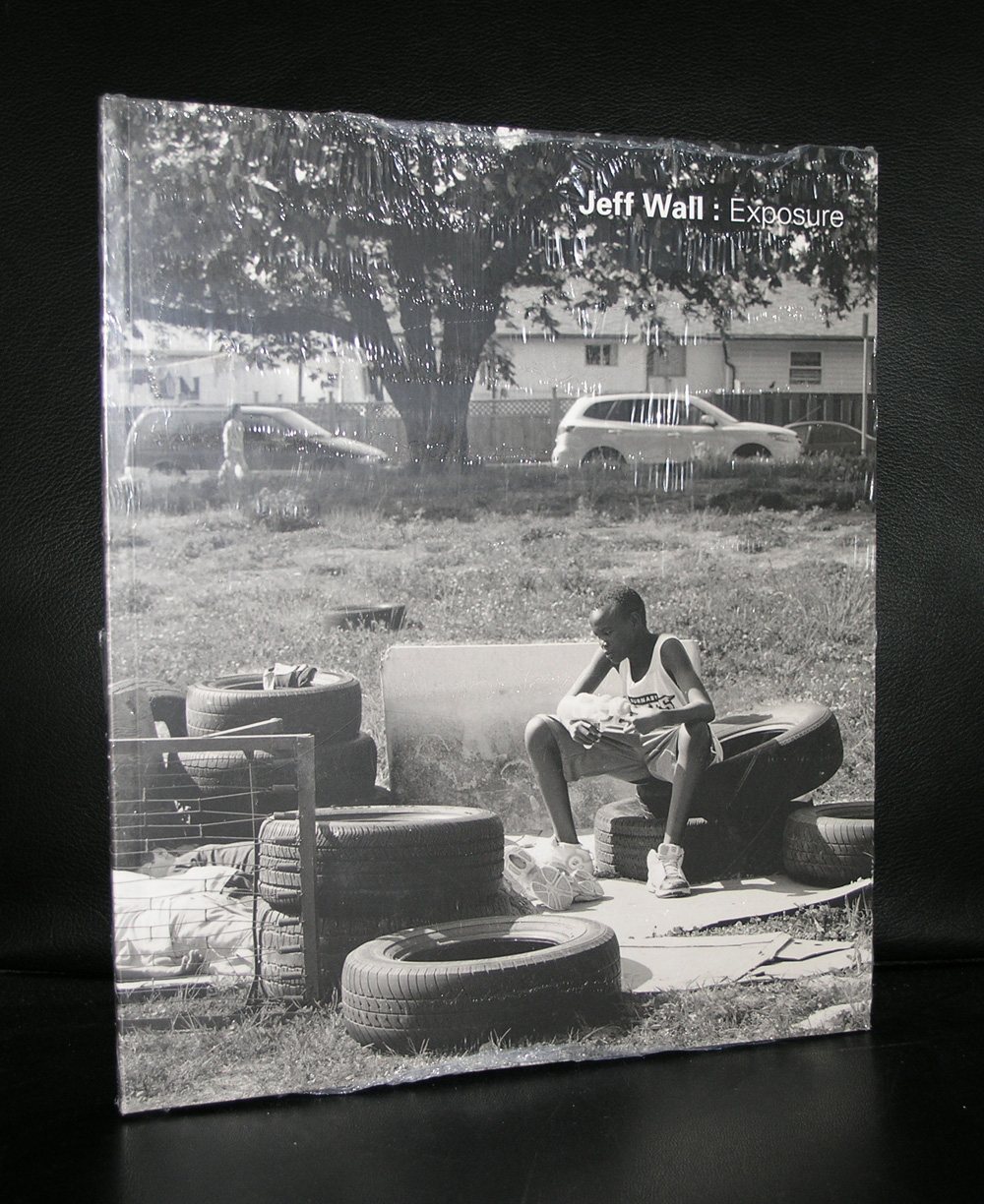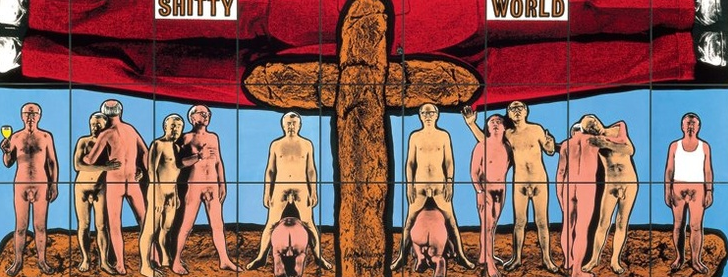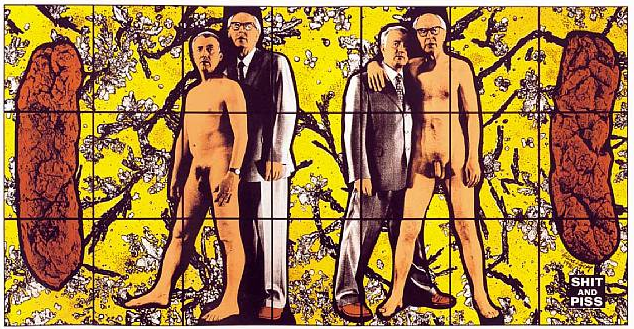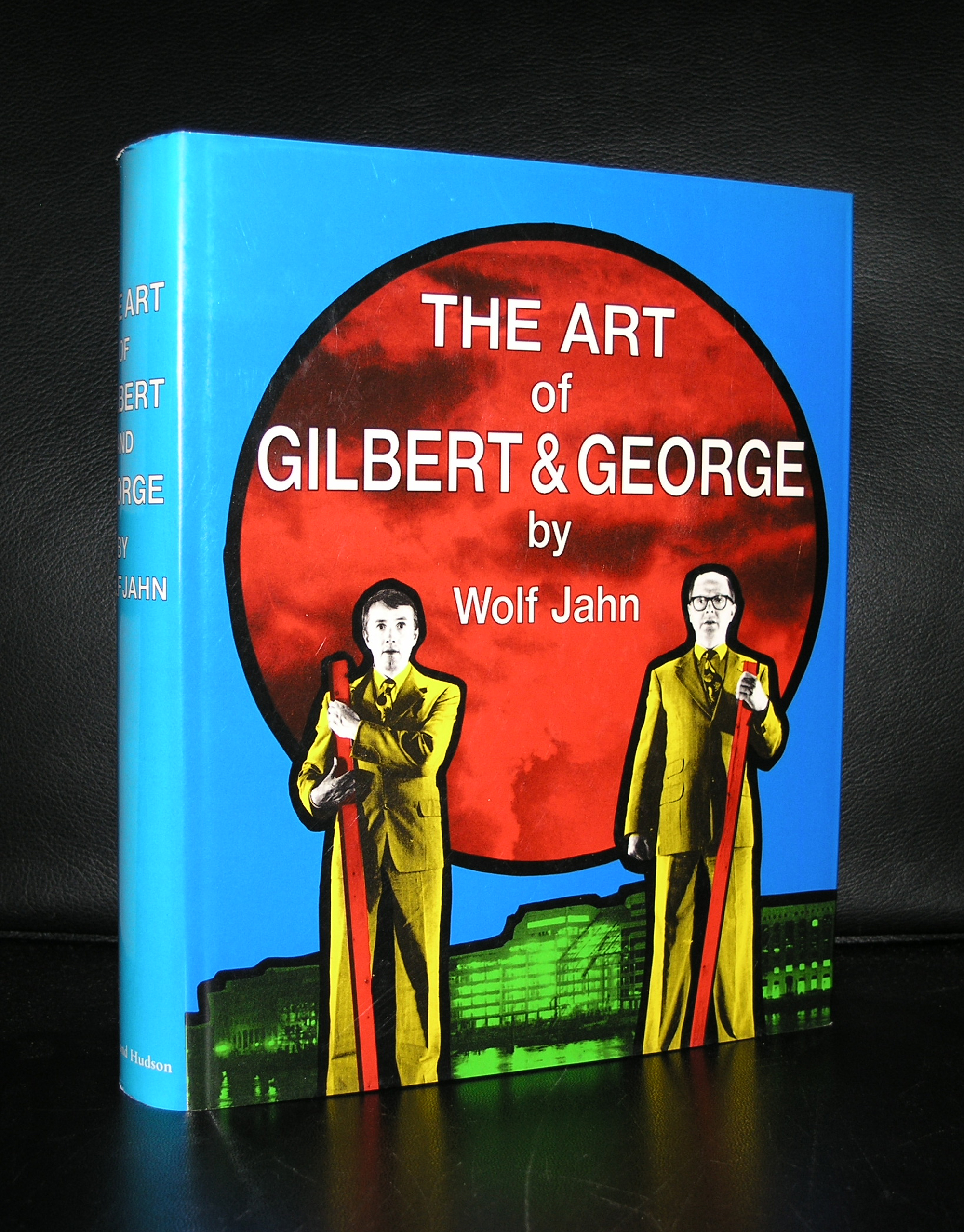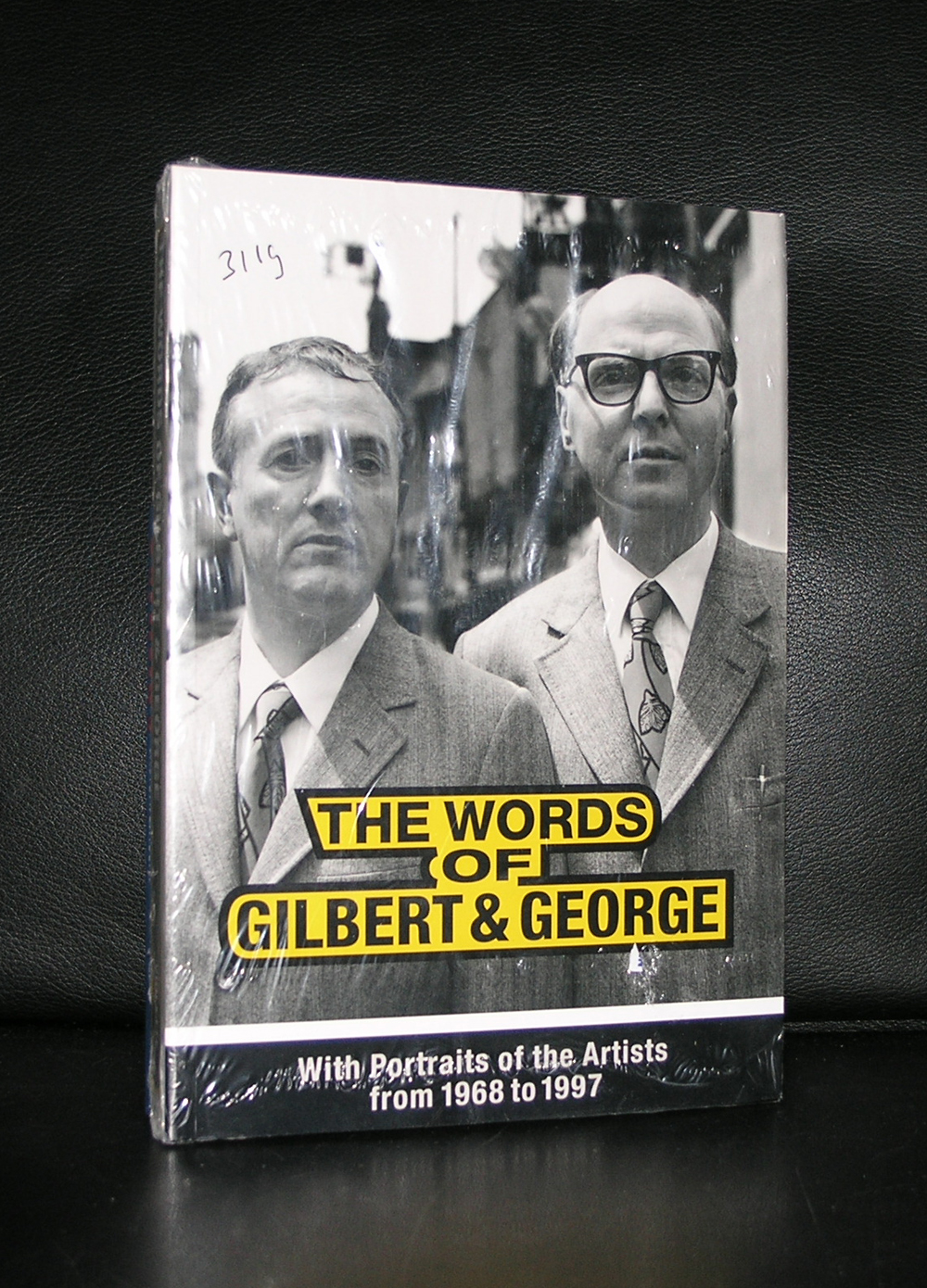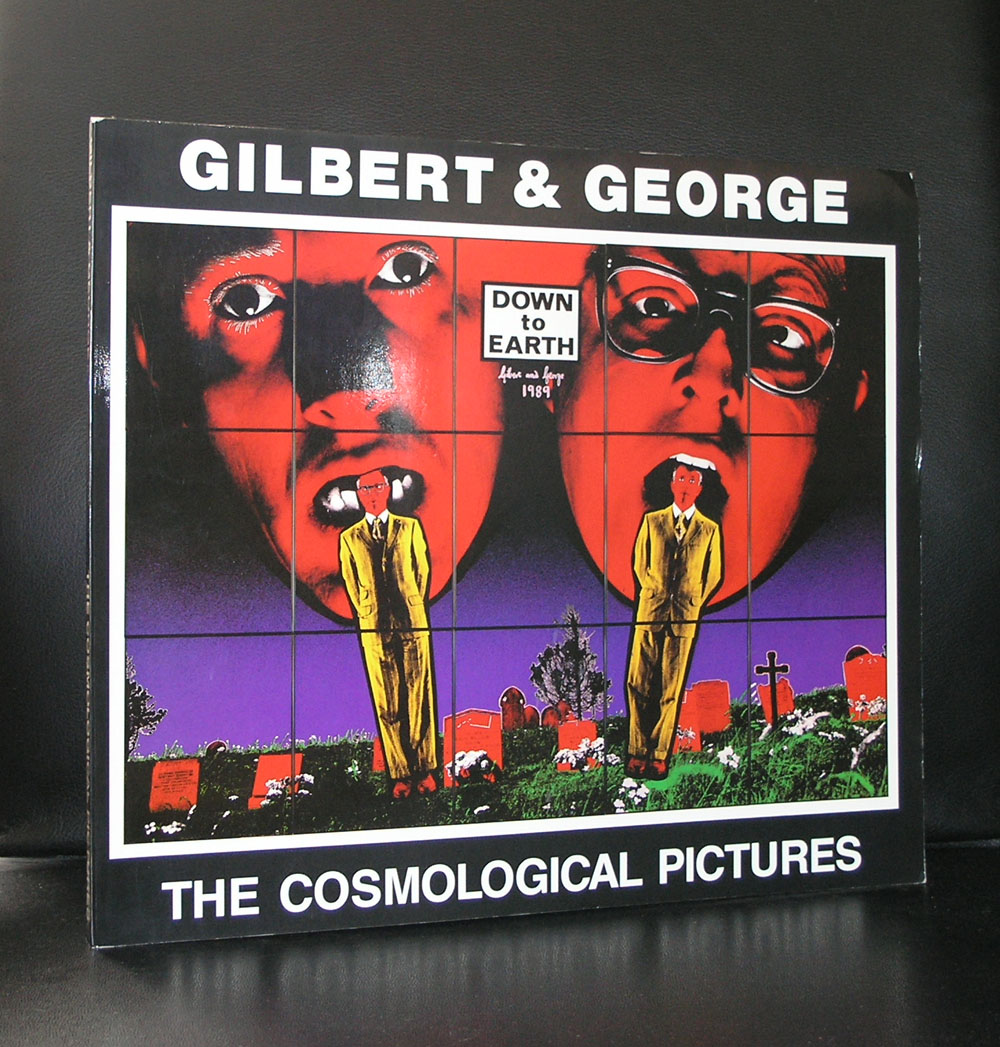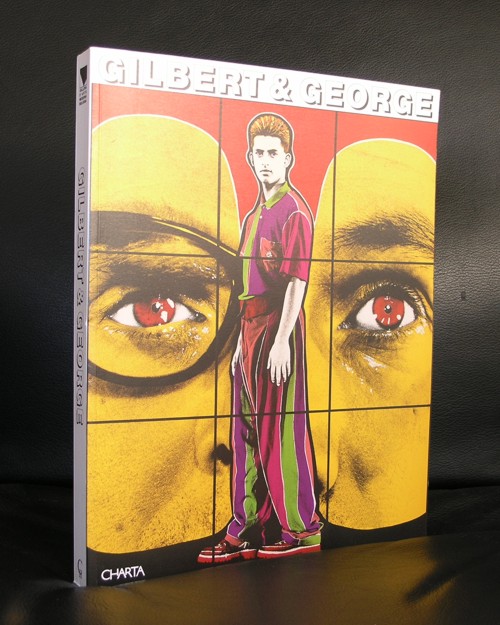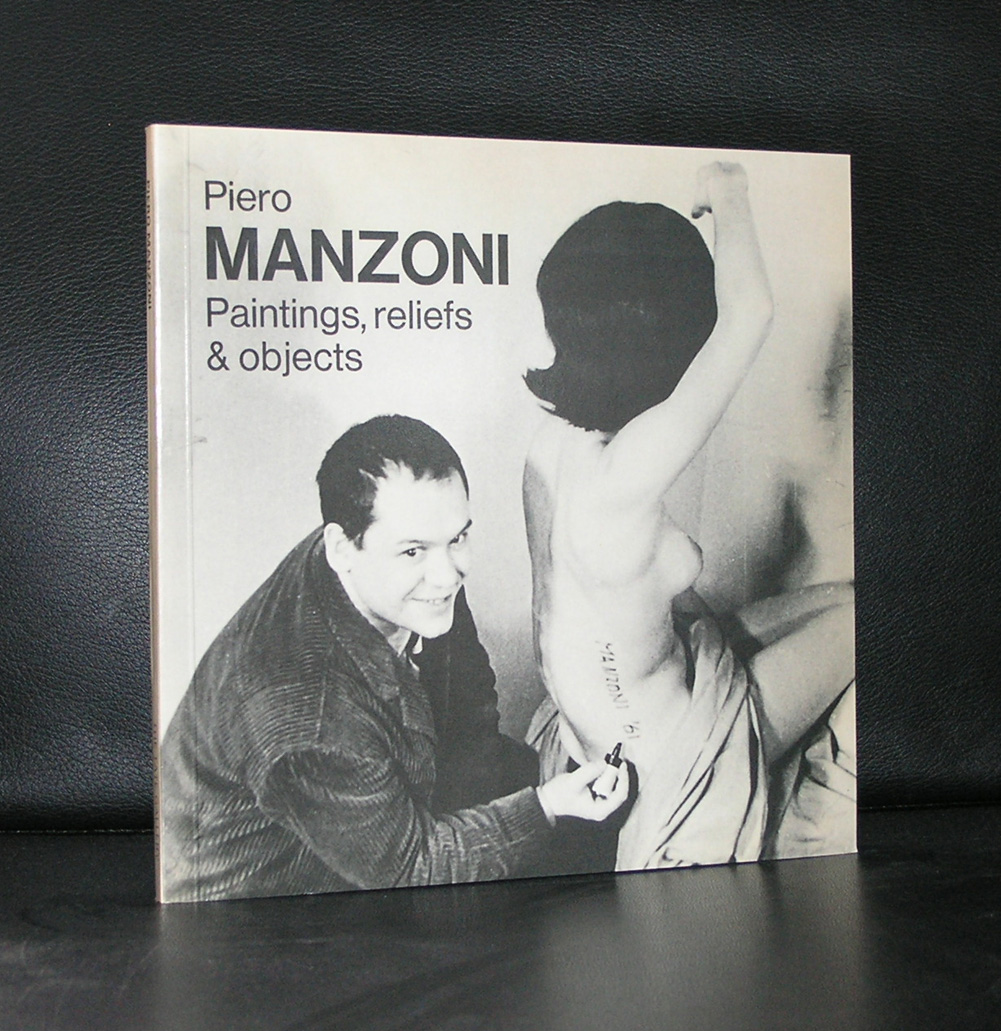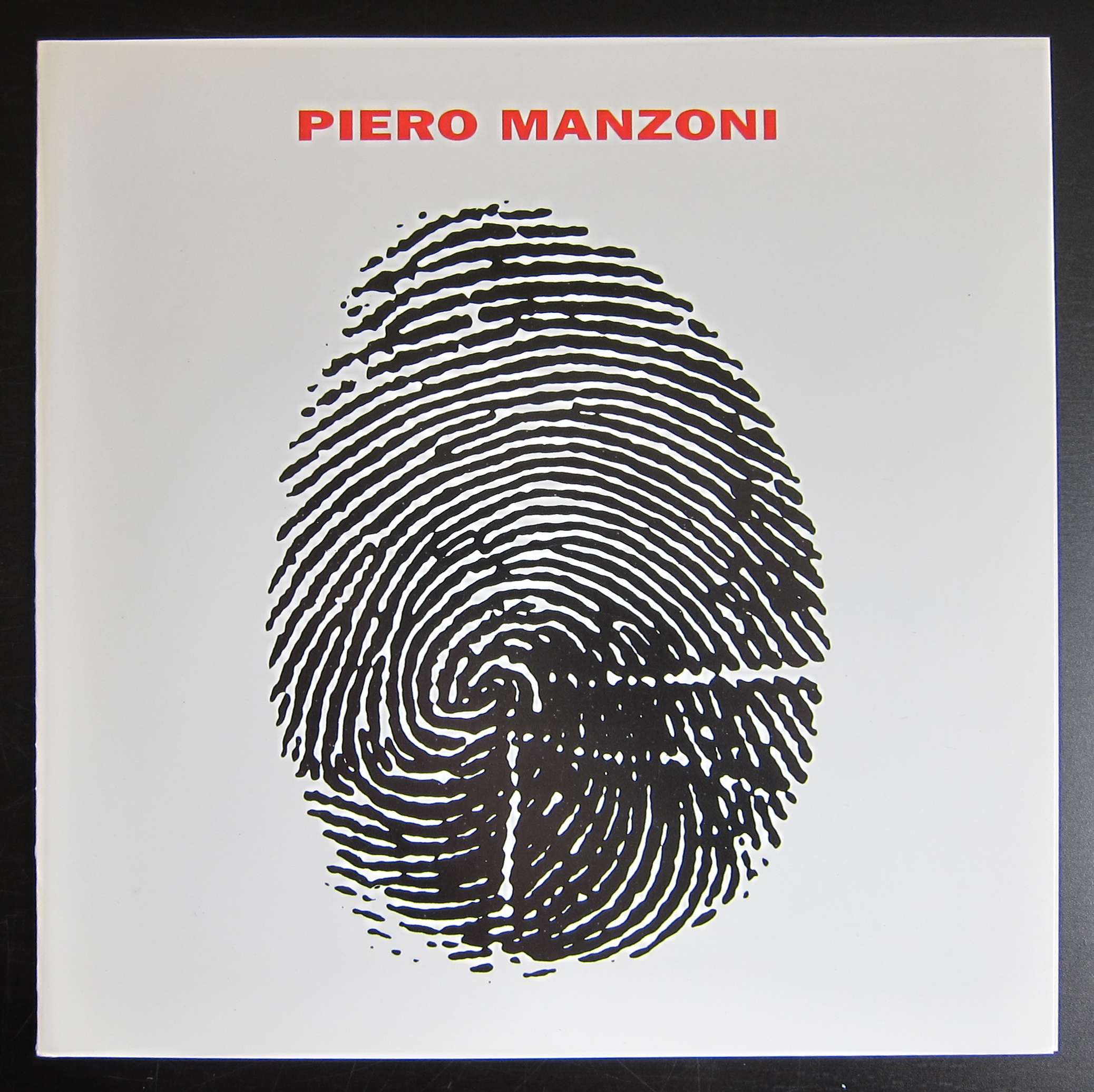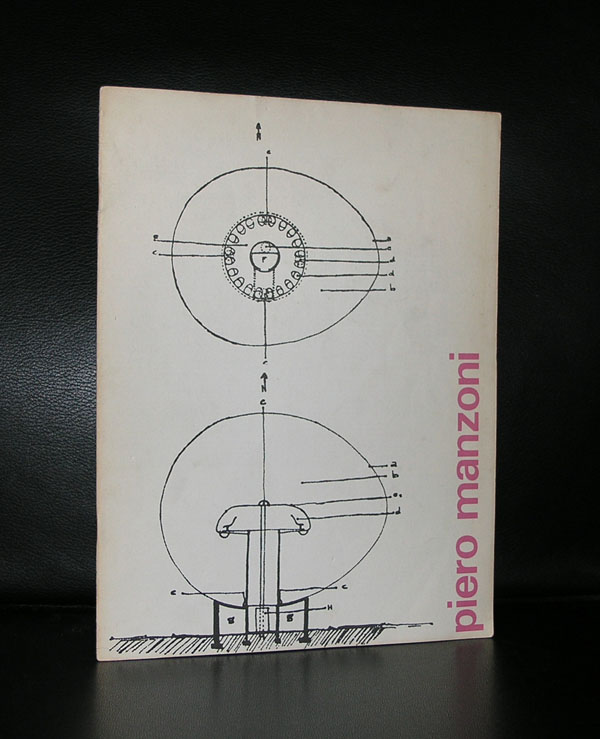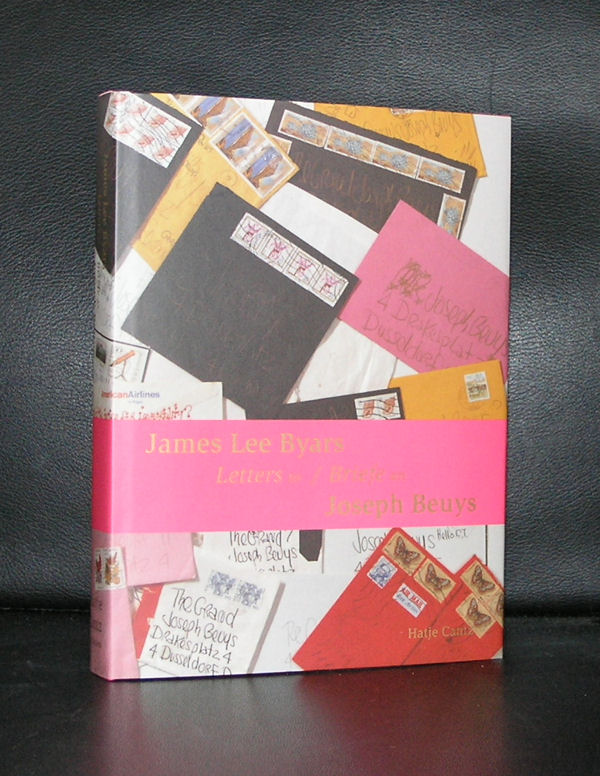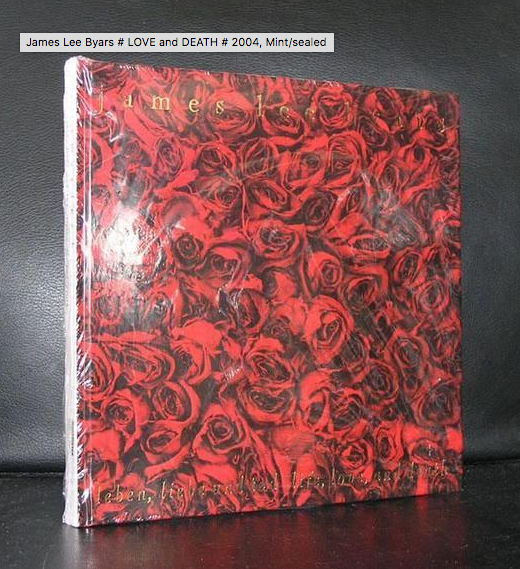
Yes ….it takes time to appreciate the works by Gabriel Orozco, but fortunately we have had the chance to experience his works on several occasions including the exhibition at the Stedelijk Museum Amsterdam. He is widely regarded as one of the most influential contemporary artists of his generation. Employing a diverse practice that includes installation, sculpture, painting, and video, Orozco’s work is characterized by its focus on reinterpreting everyday objects: in his seminal La DS (1993), the artist cuts out the middle third of a Citroën car, resulting in an object that is at once familiar and totally alien. “What is most important is not so much what people see in the gallery or the museum,” he has said, “but what people see after looking at these things, how they confront reality again.” Born on April 27, 1962 in Jalapa, Veracruz, his father was the Mexican muralist Mario Orozco Rivera. Through him, the younger Orozco was exposed to the world of galleries and artists at a young age, and he went on to study at the Circulo de Bellas Artes in Madrid. He has been the subject of several major exhibitions, notably including a 2009 mid-career retrospective at The Museum of Modern Art in New York which went on to travel to the Kunstmuseum Basel, the Centre Pompidou in Paris, and finally the Tate Modern in London in 2011.
Only one monographic publications on Orozco is available at www.ftn-books.com, but his importance is growing every year and he has participated in some major exhibitions which catalogues are available too.
